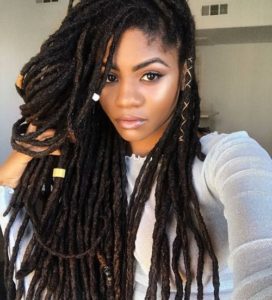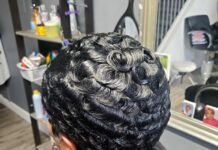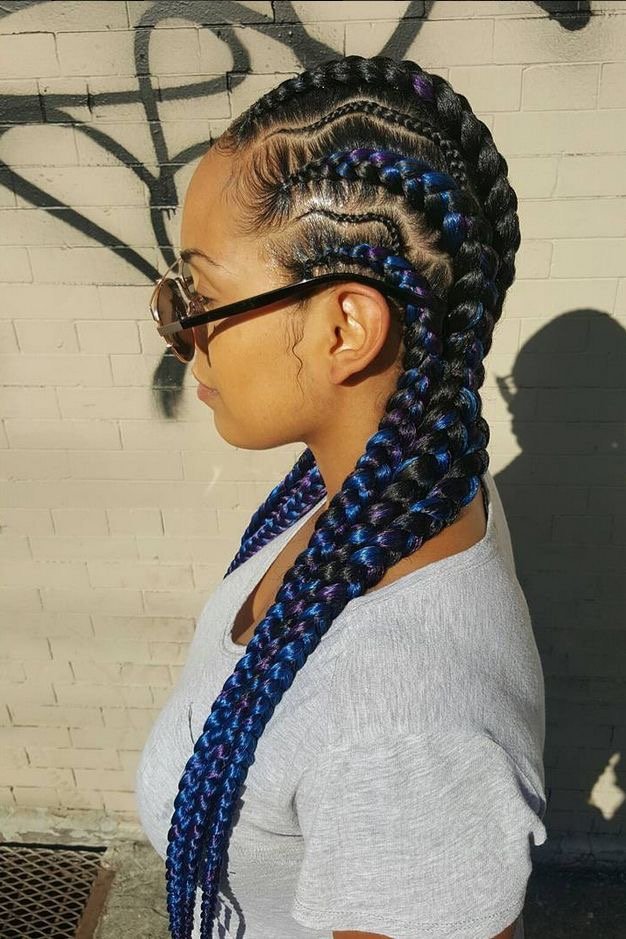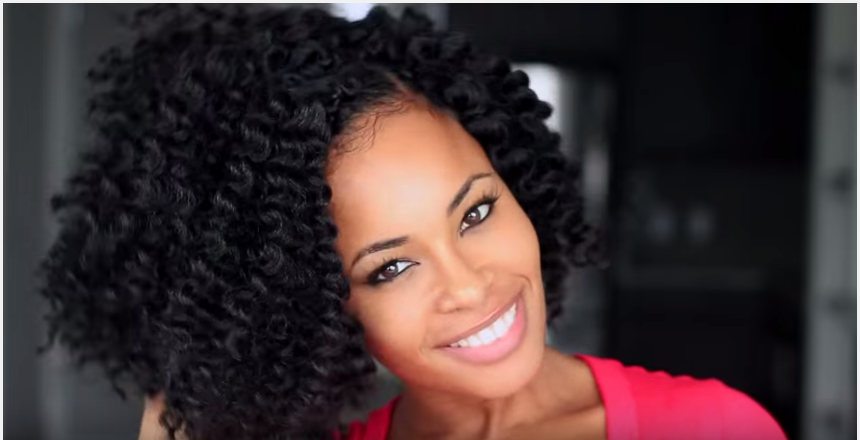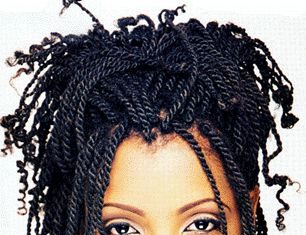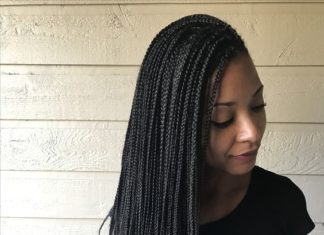What Is Interlocking Dreads Technique – A Full Guide
During our recent research adventure into the world of everything
1How To Interlock Dreads with Interlocking tolls
Interlocking typically is done with a latch hook (hence to the name latch hooking). This tool is similar to the type of latch hook that is used for crochet braiding and can also resemble the look of a regular crochet hook. There are specially designed hooks a salon or individual uses to perform this style. Primarily used for micro-dreads in African textured hair (whatever that might mean). The salon or
2Interlocks Hair Dreads – The Pros
There are a few pros to interlocking your dreads, like fewer trips to the salon for maintenance, you can go at least 8 weeks before having to get them maintained again. But that truly will depend on the rate your hair grow, your hair type and of course your personal preference. Interlocking also helps prevent the unraveling of the hair and it encourages it to stay in place. Interlocking is better suited for small and thin
3Things you Should Know About Interlocking #1
There will always be good and bad things about your hair and having
4Other Things you To Know About Interlocking
Alternatively, it seems to be ok in some cases as long as the dreadlocks have always been interlocked and surprisingly, they can be generally recognized in the dreadlock industry as an acceptable form of dreadlock maintenance and a way to start locs. Most problems with interlocking happen when a dreadlock that is already established is interlocked and then not maintained for an extended period of time and left to lock up naturally again or with a different method.
5Long Vs Short Dreads
If you have larger dreads interlocking
Salons perform the interlocking method because it’s a standard practice, and many salons are inexperience with non-kinky hair types and resort to this method. Their clients can also regret getting their hair interlocked, and going to get the problem fixed can be difficult, time consuming and often impossible to undo in to fix any problems that may occur properly.
6Palm Rolling Technique
If you are looking for additional options in maintenance techniques, you may try another method named palm rollng. Palm rolling your
7Palm Rolling Pros
The great thing about palm rolling
8Palm Rolling Variations #1
There are different variations to palm rolling. You may choose to do either one depending on how you started and are maintaining your dreads. For dreads that are maintained by retwisting or even started with two strand twist, you can use the first variation called uni-directional. Essentially with this you will hold the dread with moderate pressure in between the palm of your hands and rubbing your palms in opposite directions you will roll or twist the dread in one direction. Preferably in the direction that tightens, and
9Palm Rolling Variations #2
For the second variation dreads maintained with retwisting or started with twist, will not work as this method can unravel the twist. So, if you started with, backcombing or strand twist you will be able to maintain with this variation. With bi-directional you will roll the dread back and forth and of course down the entire length of the dread. Following the same steps as uni-directional palm rolling, except you will reverse the direction each time, you get to the edge of your palm. The time you will spend on each dread is also the same, with or without using your dread product. It is also a more preferred technique of the two variations because it’s faster and slightly more effective.
10Palm Rolling vs Interlocking Part #1
One of the things that really got us intrigued on the whole maintenance topic was which method that can not only loc hair faster, give less damage and which one is overall better. From what we have learned is that palm rolling would be better for your hair and doesn’t carry as much risk as interlocking does. It’s also
11Palm Rolling vs Interlocking Part #2
But with interlocking, individuals with an active lifestyle can go freely without having to worry about their roots disentangled or promoting stray hairs. It’s also beneficial for less structured hair types as it will give you a better hold and no matter your hair type it can also strengthen the root area. Now there is information floating around that you perform both, but that will be ultimately up to. We have found that if you interlock your dreads (not so tightly) and not in the same direction you will still be able to palm roll without noticing a difference. Despite this being the great debate, it’s your hair and you can do what you want.






